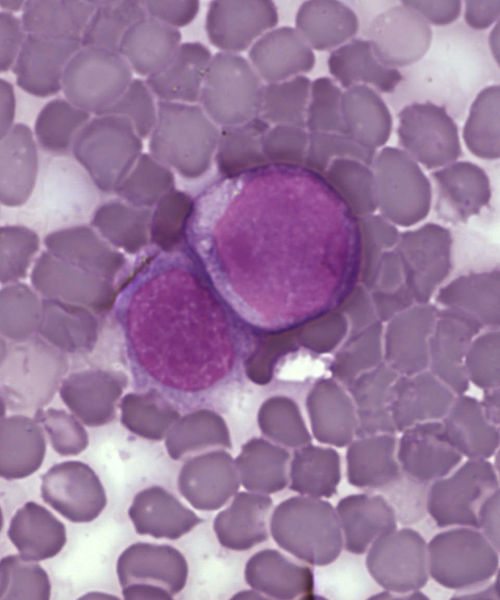In treatment for leukemia, glimpses of the future
July 9, 2012 | Source: New York Times
Medical researchers expect that with whole genome sequencing, treatment will be tailored to an individual tumor’s mutations, with drugs, eventually, that hit several key aberrant genes at once.
What is important, the researchers say, is the genes that drive a cancer, not the tissue or organ — liver or brain, bone marrow, blood or colon — where the cancer originates.
Researchers differ about how soon the method will be generally available and paid for by insurance — estimates range from a few years to a decade or so. But they believe that it has enormous promise, though it has not yet cured anyone.
With a steep drop in the costs of sequencing and an explosion of research on genes, medical experts expect that genetic analyses of cancers will become routine.
Large drug companies and small biotechs are jumping in, starting to test drugs that attack a gene rather than a tumor type. Leading cancer researchers are starting companies to find genes that might be causing an individual’s cancer to grow, to analyze genetic data and to find and test new drugs directed against these genetic targets. Leading venture capital firms are involved.
For now, whole genome sequencing is in its infancy and dauntingly complex — and expensiive. The gene sequences are only the start — they come in billions of small pieces, like a huge jigsaw puzzle. The arduous job is to figure out which mutations are important, a task that requires skill, experience and instincts.
Ethicists ask whether those with money and connections should have options far out of reach for most patients before such treatments become a normal part of medicine. And will people of more limited means be tempted to bankrupt their families in pursuit of a cure at the far edges?
